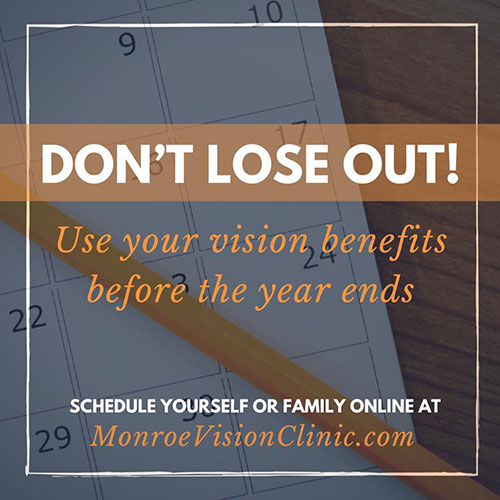What are eye allergies?
Eye allergies occur when your eyes react to an irritant in the environment. These irritants, also called allergens, can include dust, pollen, smoke, fragrances, and pet dander, which can come from a variety of sources.
When exposed to an allergen, your eyes produce a substance called histamine to fight it off, and in turn, causing your eyes to become red, swollen, and itchy. Eyes can also tear, have a burning sensation, or even develop a sensitivity to light.
Symptoms
- Redness in the eye
- Eye swelling
- Eye itching
- Burning sensation in the eye
- Excess tearing of the eye
- Sensitivity to light
Managing Your Eye Allergies
To manage your eye allergies, you first need to understand the cause or allergen. If needed, skin or blood tests can be performed by an allergist to determine the best way to manage allergies and reduce irritation. Once known, try these recommended ways to reduce and manage your eye allergy symptoms.
Avoidance
Avoiding or reducing your exposure to the cause of your allergies is typically the first course of treatment to relieve symptoms.
Outdoor Allergens
For example, if you are allergic to pollen, avoiding the outdoors when pollen counts are high, closing windows, and wearing sunglasses to keep pollen away from your eyes. By using your AC instead of window fans during high pollen counts, you can reduce irritants indoors.
Indoor Allergens
For indoor allergens like dust or dander, use mite-proof covers and clean your bedding frequently. Remember to keep your windows closed and air conditioning filter clean during allergy season.
Eye Drops / Medication
- Use artificial tears to help temporarily wash allergens away from the eye.
- Take a decongestant (which may include antihistamines) for a short-term basis to help reduce redness and itchiness in the eyes.
- Oral antihistamines can help reduce redness and itchiness but may make your eyes feel dry.
Are you suffering from eye allergies? Talk to us about the steps we can take to treat them.


